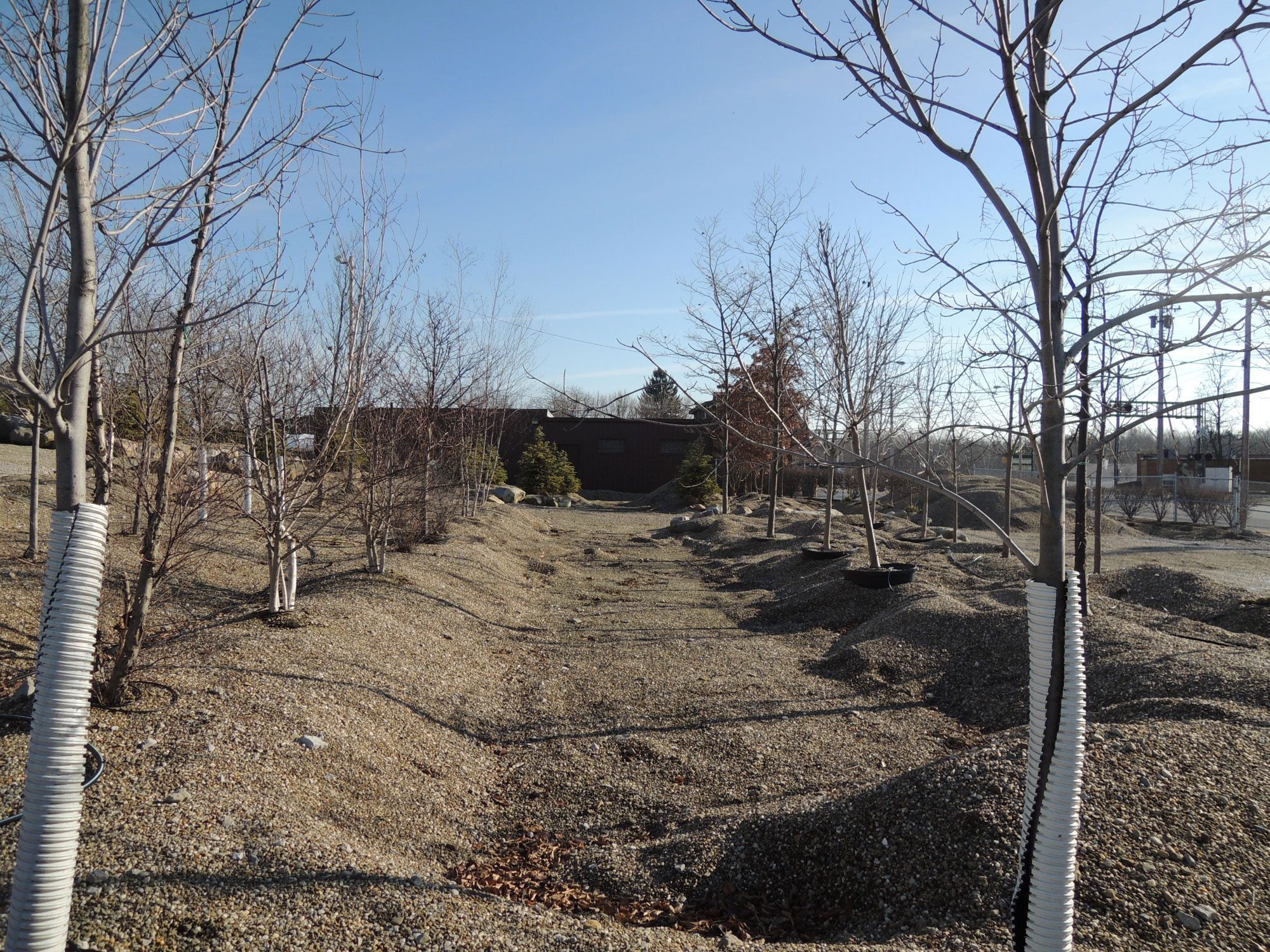Steps For Heeling In Plants


There are times when we gardeners simply run out of time to properly plant everything in the garden that we bought. In the winter bare root trees and plants or trees and plants in containers don't have the protection to survive the cold and, in the summer, bare root and container plants are susceptible to heat damage. A solution that can give a gardener a little more time is to heel in plants. Heeling in plants gives them a little extra layer of protection from the weather.
Steps for Heeling in Plants
The first step to heel in a plant is to prepare your plant for heeling in. If you are heeling in a bare root plant or tree, remove any of the packaging and soak the roots of the plant in water for four to seven hours. If you are heeling in plants in containers, you can either leave the plants in the container or take it out. If you decide to leave the plants in the containers while they are heeled in, make sure that you do not leave them in the container too long, as they can become root bound if left heeled in for too long. The next step in heeling in a plant is to dig a trench that is deep and wide enough to accommodate the roots of the plant. In the winter, if possible, dig the trench near a building foundation. This will add an extra layer of protection to the plant as the building will let off radiant heat. In the summer, dig the trench in a shady area to protect the plants that are being heeled in from the intense sun. After you dig the trench, lay the plant in the trench with the plant at an angle so that the canopy is just above the trench and the roots are in the trench. Placing the canopy close to the ground allows the plant to get further protection from wind and cold. Fill the heeling in trench back in with soil. If you are heeling in for the winter mulch the plant with sawdust, hay, or leaves. If you are heeling in plants in the summer they can be left in the trench for about a month. If you are heeling in plants for the winter, they can be left in the trench for the winter, but should be dug up as soon as possible in the spring for their permanent planting.
Sign up for the Gardening Know How newsletter today and receive a free copy of our e-book "How to Grow Delicious Tomatoes".

Heather Rhoades founded Gardening Know How in 2007. She holds degrees from Cleveland State University and Northern Kentucky University. She is an avid gardener with a passion for community, and is a recipient of the Master Gardeners of Ohio Lifetime Achievement Award.